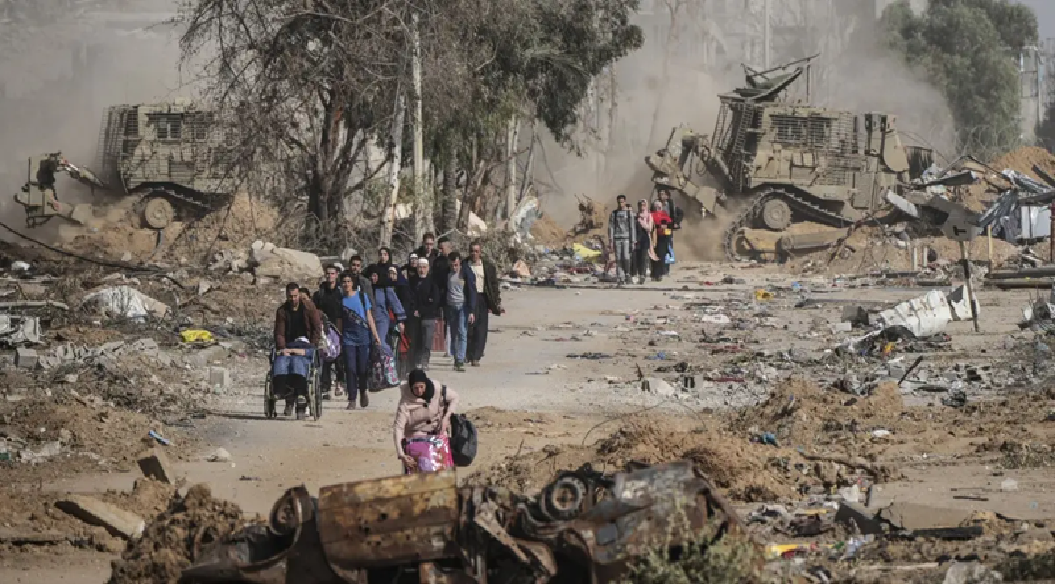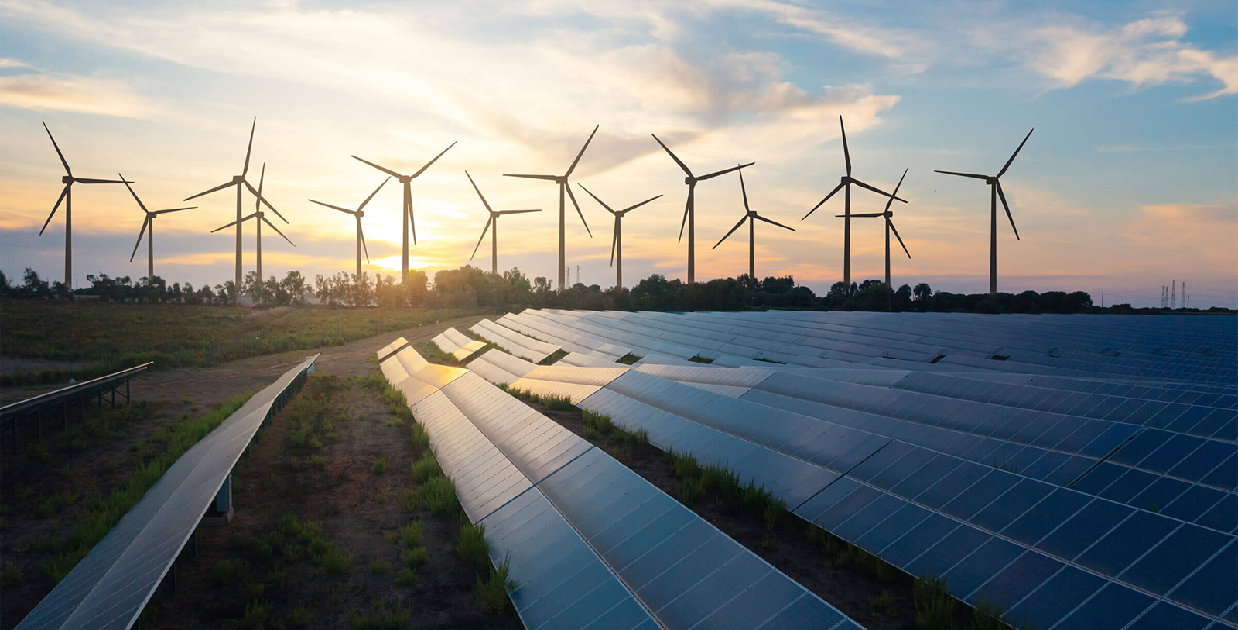
A Milestone On The Path To Climate Justice
The Conference of Parties (COP27) which ended in Sharm el-Sheikh will go down in the annals of environmental history as a significant milestone for agreeing to set up a fund for paying reparations to countries on the frontlines of those suffering from climate-change. The 192 countries which gathered for the summit agreed to set up the loss and damage fund to be raised by the ones most responsible for emissions all these years leading to global warming, rise of sea level, loss of croplands, and deluge, drought, and wildfires.
Its long term consequences—food shortage, water scarcity, shrinkage of land and heat-related epidemics—would be much more devastating and will disproportionately hurt and cause damage to people inhabiting the developing world, islands and littoral states. The agreement reached on the ultimate day of the conference (which was extended by a day) is an acknowledgment that climate-change is here to stay and will only accelerate and global warming is an existential threat to the whole of mankind.
The agreement could be possible as 134 states, mostly Asian, African and island-nations put up a united front led by Pakistan which bore the brunt of worst kind of deluge in the sub-continent in recent months. Though the operational details will be worked out later, in the words of United Nations Secretary General Antonio Guterres, it represents a much-needed political signal ‘to restore the broken trust between rich and poor nations’.
It was the University of Colorado which had defined the climate injustice as, “Those who are most affected and have the fewest resources to adapt to climate-change are also the least responsible for the greenhouse gas emissions—both globally and within the United States.” Contrarily, it had defined the Climate-Justice as “Use of resources by those who are most resourceful to address the climate crisis to protect vulnerable communities.”
Given the contents of the report jointly published by Oxfam and the Stockholm Environment Institute in 2020, between 1990 and 2015, the richest 1% of the global population caused twice as many carbon emissions as the poorest 50%. A more graphic example is available in Bangladesh which contributes mere 0.4% to the global carbon emission. But if the sea level along the coast were to rise by 1.5 metres by 2030, it will inundate 22,000 sq. kms (16% of the land area of the nation) affecting 17 million people (15% of the population).
Evidently, the poor South Asian nation cannot be pressurized into cutting down carbon emission any more. Given this backdrop, it is hoped loss and damage fund will go beyond monetary reparations and will come up with charter for more responsible use of resources, universal protection from hazardous waste, ways to achieve sustainable livelihood for all, victim compensation and healthcare. They will also be expected to initiate steps against harmful actions perpetrated by their multinational corporations and militaries and will desist from foisting unnecessary drugs, fertilizers and consumer items on the hapless third world nations.
 English daily published in Bengaluru & Doha
English daily published in Bengaluru & Doha






